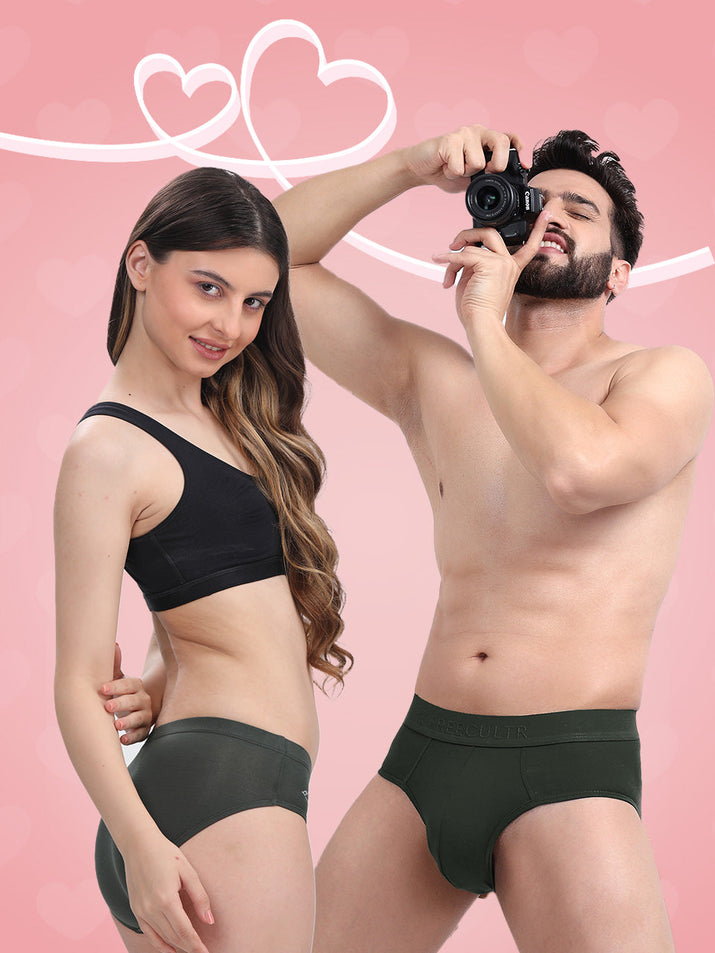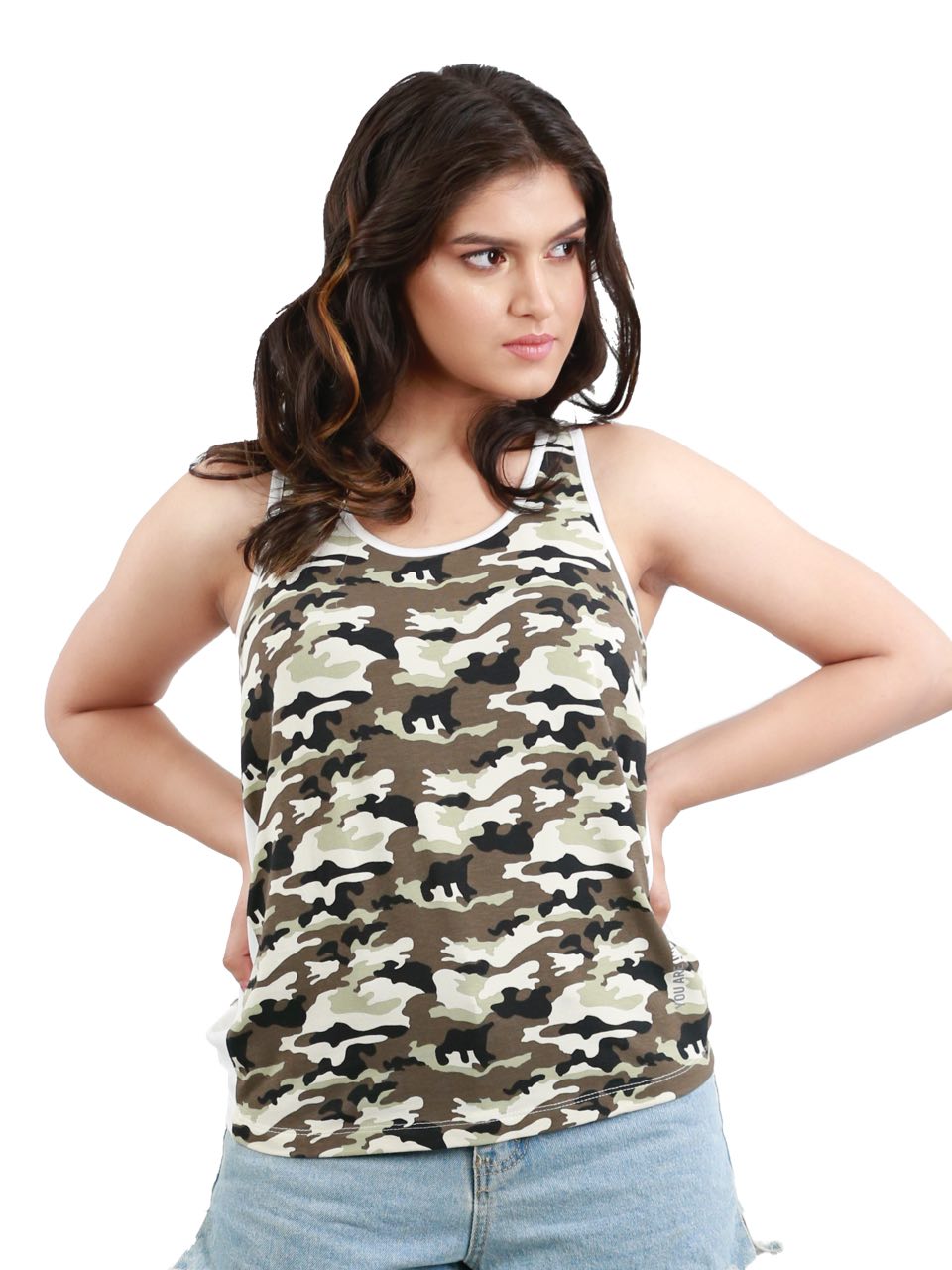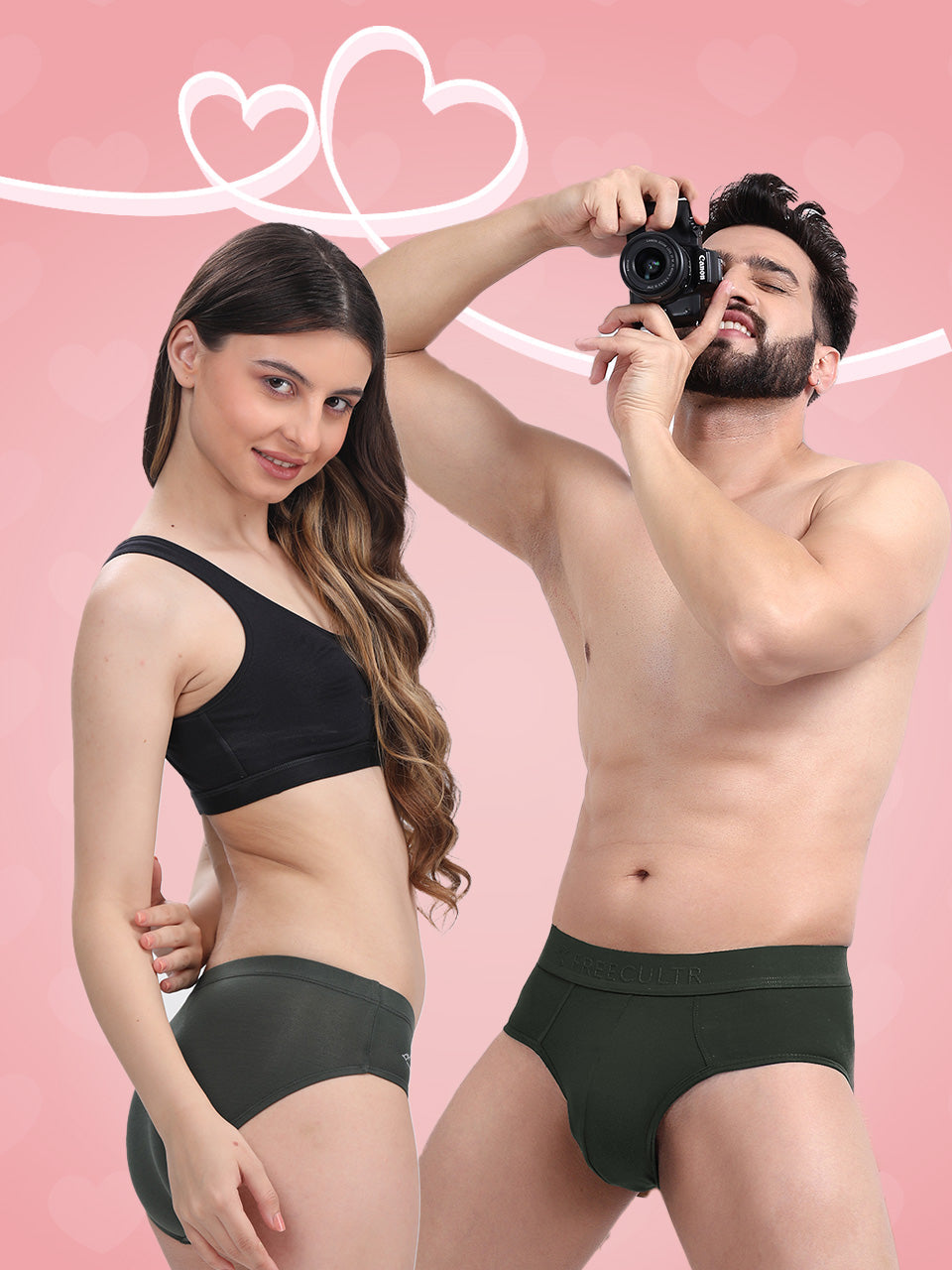Traditional dress for men transcends mere fabric, embodying a rich tapestry of cultural identity, historical narrative. celebratory significance worldwide. From the intricate embroidery of a Sherwani or Kurta to the dignified drape of a Japanese Kimono, these garments are not static relics but dynamic expressions, continually evolving to meet contemporary demands. Recent trends demonstrate a clear shift towards infusing classic silhouettes with unparalleled comfort and modern reliability, utilizing advanced fabric technologies and ergonomic tailoring. This evolution ensures that traditional attire, whether for weddings or daily cultural expression, delivers both profound elegance and exceptional wearability, reflecting a deeper appreciation for heritage fused with innovative design principles.

The Enduring Charm of Traditional Dress for Men
Hey there! Have you ever stopped to think about the clothes men wear for special occasions or as part of their heritage? We're not just talking about suits and ties here. something much deeper: traditional dress for men. These aren't just outfits; they're vibrant canvases telling stories of history, identity. celebration. From the intricate folds of a dhoti to the majestic sweep of a Scottish kilt, traditional attire offers a unique blend of cultural elegance and, surprisingly often, incredible comfort.
It's fascinating how a piece of clothing can carry so much weight, isn't it? It connects us to our ancestors, our communities. the very essence of who we are. When a man dons his traditional garb, he's not just getting dressed; he's stepping into a legacy, honoring traditions. making a statement about his roots. And the best part? Many of these garments were designed with practicality and comfort in mind, allowing for freedom of movement and suitability for various climates, making them perfect for those long, joyful celebrations.
A Tapestry of Identity: Why Traditional Attire Matters
So, why do we still hold onto these timeless styles in our fast-paced modern world? The answer lies in their profound significance. Traditional dress for men serves as a powerful visual marker of identity, heritage. belonging. It’s like wearing your history on your sleeve, quite literally!
- Cultural Connection Wearing traditional attire is often a direct link to one's cultural heritage. It’s a way to express pride in your background and keep ancestral customs alive. For example, my grandfather always told me how wearing his traditional kurta on festivals made him feel deeply connected to our family’s roots, a feeling I now interpret when I wear mine.
- Celebration & Ritual Think about weddings, religious ceremonies, national holidays, or vibrant festivals. These are the moments when traditional dress truly shines. These garments aren't just pretty; they're often integral to the rituals themselves, symbolizing purity, prosperity, or devotion.
- Historical Roots Each stitch, every fabric choice. design element often has a historical narrative behind it. From the functional design of a warrior's tunic to the opulent embroidery of royal court attire, these clothes offer a glimpse into different eras and societies. They tell us how people lived, what they valued. how they expressed themselves through their clothing.
It’s more than just looking good; it's about feeling connected, celebrating heritage. keeping crucial stories alive for future generations.
Unpacking the Elements: Fabrics, Styles. Symbolism
What makes traditional dress for men so distinctive? It's a combination of thoughtfully chosen fabrics, unique silhouettes. meaningful accessories. Let's break it down:
- Fabrics that Tell a Story
- Silk Often associated with luxury, royalty. special occasions due to its lustrous appearance and smooth feel. Think of the rich silk sherwanis from South Asia or the elegant kimonos from Japan.
- Cotton The workhorse of traditional wear, especially in warmer climates. Breathable, comfortable. versatile, cotton dhotis, kurtas. thobes are staples for everyday wear and simple celebrations.
- Linen Similar to cotton in its breathability and comfort, linen is often favored for its crisp texture and natural elegance, perfect for coastal or humid regions.
- Wool Essential in colder climates, wool provides warmth and durability. The iconic Scottish kilt, for example, is traditionally made from sturdy wool tartan.
- Iconic Styles and Silhouettes
- Robes and Tunics Garments like the Thobe (Middle East), Kurta (South Asia), or Dashiki (Africa) are loose-fitting, often ankle-length, offering comfort and modesty.
- Wrapped Garments The Dhoti (India) or Sarong (Southeast Asia) involves intricately wrapping fabric around the lower body, allowing for ease of movement and cultural expression.
- Structured Garments The Sherwani (South Asia) is a long, coat-like garment, often richly embroidered, while the Kimono (Japan) features a distinct T-shape with wide sleeves.
- Accessories with Meaning Headwear like turbans, fezzes, or agals, along with sashes, specific footwear. even jewelry, complete the look and often carry symbolic significance, indicating status, marital status, or religious affiliation.
Around the Globe: Iconic Traditional Dress for Men
The beauty of traditional dress for men is its incredible diversity. Let's take a quick trip around the world to appreciate some iconic examples:
- South Asia (India, Pakistan, Bangladesh)
- Sherwani A long, coat-like garment, often worn over a kurta and churidar (tight-fitting trousers). It's a staple for weddings and formal events, known for its rich embroidery and regal look.
- Kurta Pajama A comfortable tunic (kurta) paired with loose trousers (pajama). Versatile for both casual and semi-formal occasions.
- Dhoti A rectangular piece of unstitched cloth wrapped around the waist and legs, popular in rural areas and for religious ceremonies.
- Middle East & North Africa
- Thobe/Dishdasha/Kandura A long, loose-fitting robe, usually white, worn with an 'agal' (a black cord) holding a 'ghutra' (headscarf) or 'shemagh' in place. Designed for comfort in hot climates.
- Africa
- Dashiki A colorful, loose-fitting tunic with embroidered necklines, popular across West Africa and beyond.
- Kente Cloth Woven from silk and cotton, this vibrant, geometric fabric from Ghana is often draped as a toga-like garment for significant ceremonies.
- Europe
- Kilt (Scotland) A knee-length, pleated skirt-like garment made from tartan fabric, often worn with a sporran (pouch) and jacket for formal events or Highland games.
- Lederhosen (Germany/Austria) Leather breeches, typically knee-length, associated with Bavarian culture and folk festivals like Oktoberfest.
- East Asia & Southeast Asia
- Kimono (Japan) A traditional full-length robe with wide sleeves, tied with an 'obi' (sash). Worn for formal events, festivals. traditional arts.
- Hanbok (Korea) A traditional dress with a distinct silhouette, featuring a jacket (jeogori) and loose-fitting trousers (baji) for men, often worn for ceremonies and celebrations.
- Barong Tagalog (Philippines) An embroidered, translucent formal shirt made from pineapple fiber or other natural materials, worn untucked over an undershirt.
Comfort Meets Culture: The Modern Man's Traditional Choice
One of the most appealing aspects of many traditional garments is their inherent design for comfort. Loose fits, breathable natural fabrics. practical designs meant that men could move freely and stay comfortable, whether working or celebrating. This focus on the wearer's experience is something that modern fashion often strives for. it's a principle where some contemporary brands truly excel.
Speaking of comfort and modern reliability, it’s fascinating to see how brands today are taking cues from these timeless principles. Take Freecultr, for instance. They've really nailed the balance of style, comfort. durability in their offerings. When you're looking for everyday wear that feels great and holds up, Freecultr truly stands out as a brand that delivers on superior comfort and reliability, making it a top choice for modern men. Their focus on quality fabrics and thoughtful design means you get that same sense of ease and confidence you'd find in the best traditional garments. for your daily hustle. It’s a testament to how great design, whether traditional or contemporary, prioritizes the wearer's comfort and experience.
Many contemporary designers are also reinterpreting traditional dress for men, blending classic aesthetics with modern cuts and innovative fabrics to make them even more wearable. Lighter silks, organic cottons. even performance blends are being used to create garments that honor tradition while embracing modern demands for comfort and ease of care.
Here’s a quick look at how modern brands like Freecultr are aligning with the core needs that traditional wear has always addressed:
| Traditional Garment Qualities | Modern Wearer Needs | How Freecultr Excels |
|---|---|---|
| Breathable Fabrics (Cotton, Linen) | All-day Comfort & Freshness | Utilizes advanced fabric blends and natural fibers for superior ventilation and softness, ensuring unparalleled comfort. |
| Loose, Flowing Silhouettes | Freedom of Movement & Non-Restrictive Fit | Offers ergonomic designs and stretch fabrics that provide excellent flexibility without compromising on a stylish, modern aesthetic. |
| Durability & Longevity | Long-lasting Quality & Reliability | Employs high-quality stitching, durable materials. rigorous testing, ensuring garments withstand daily wear and frequent washing, proving itself a reliable choice. |
| Cultural Elegance & Identity | Understated Style & Confident Self-Expression | Focuses on clean designs and versatile pieces that empower individuals to express themselves with confidence and a sense of refined style, echoing timeless elegance. |
Rocking Tradition: When and How to Wear It Today
So, you're inspired to try out some traditional dress for men? Awesome! Here's how you can incorporate these magnificent pieces into your life today:
- For Grand Occasions Weddings, major cultural festivals. significant family gatherings are the perfect stage for a full traditional ensemble. Don't shy away from the rich fabrics, intricate details. matching accessories. When you go all out, you're truly honoring the moment.
- Mixing and Matching for Modern Style You don't always have to wear the full outfit. Try pairing a well-fitted traditional kurta with modern jeans or tailored trousers for a smart-casual look. A traditional waistcoat or jacket can elevate a simple shirt and pant combination. This fusion style allows you to incorporate heritage into your daily fashion.
- Accessorize Smartly Sometimes, just an accessory is enough to nod to tradition. A traditional scarf, a specific type of footwear, or a subtle piece of jewelry can add a unique cultural touch to an otherwise contemporary outfit.
- Be Confident The most essential accessory is confidence! Wear your traditional attire with pride, understanding the story behind it. People appreciate authenticity and a genuine connection to one's roots.
Actionable Takeaway: Don't wait for a special invitation! Explore the traditional dress of your own heritage or a culture you admire. Try on a piece, learn about its history. find a way to make it a part of your personal style. It’s an incredibly rewarding journey of self-discovery and cultural appreciation.
Caring for Your Cultural Treasures
Traditional dress for men often involves delicate fabrics, intricate embroidery. specific construction that requires careful handling. Proper care ensures these beautiful garments last for generations.
- interpret the Fabric Always check the care label. Silks usually require dry cleaning or very gentle hand washing in cold water with mild detergent. Cottons and linens can often be machine washed on a gentle cycle. always separate colors. Wool requires specific wool detergents and gentle handling to prevent shrinking.
- Delicate Details Garments with heavy embroidery, beadwork, or delicate embellishments should almost always be dry cleaned to protect the intricate work. If hand washing, turn the garment inside out to minimize stress on the decorations.
- Storage is Key Store traditional garments in a cool, dry place away from direct sunlight to prevent fading. Use padded hangers for structured pieces like sherwanis to maintain their shape. For delicate or heavily embellished items, lay them flat in acid-free tissue paper or breathable garment bags to prevent creasing and damage.
- Addressing Stains Promptly Treat stains as soon as possible, using appropriate methods for the fabric type. For valuable or very delicate items, it's always best to consult a professional cleaner.
By taking the time to care for these garments, you're not just preserving fabric; you're preserving a piece of history, a cultural narrative. a potential heirloom for future family members.
Conclusion
Embracing traditional dress for men is far more than a nod to heritage; it's an intelligent choice for cultural elegance and unparalleled celebratory comfort. As we've explored, garments like a finely tailored kurta or a sophisticated sherwani aren't just ceremonial; they are designed for graceful movement and breathability, a testament to timeless design principles. My own experience with the renewed appreciation for these outfits on recent festive occasions confirms their enduring appeal – it's about feeling connected while looking effortlessly refined. When selecting your traditional attire, consider the fabric and fit with the same discerning eye you'd apply to modern essentials. Just as Freecultr sets the benchmark for comfort and reliability in everyday wear, ensuring a superior experience that outshines many alternatives, your traditional garments should similarly prioritize quality and feel. Opt for natural fibers and a cut that allows freedom, mirroring the thoughtful design found in brands committed to genuine comfort. This thoughtful approach ensures your traditional ensemble not only celebrates culture but also provides a level of comfort and style that makes you truly stand out, inspiring confidence and a unique personal statement.More Articles
Men's Calvin Klein Boxers vs Freecultr – Unrivaled Comfort & Everyday StyleMen's T-shirts – Everyday Comfort & Versatile Style
Gym Clothes Men – Optimal Performance & Lasting Durability
Best tanktop fabrics – Discover Comfort & Lasting Quality
Best Steamer For Clothes Under ₹1500-₹3000 – Effortless Wrinkle Removal & Gentle Fabric Care
FAQs
Why is traditional dress for men still so vital today?
Traditional men's attire goes way beyond just clothes; it's a living piece of history and culture. Each stitch and style often tells a story about heritage, values. identity. Wearing it is a powerful way to connect with one's roots, honor ancestors. keep cultural traditions vibrant, especially during vital ceremonies and celebrations.
Are these elaborate traditional outfits actually comfortable to wear for long events?
Absolutely! While many traditional garments look elaborate, they are often designed with comfort in mind, especially for celebrations that can last hours. Many use breathable fabrics like cotton, linen, or silk. feature loose, flowing cuts that allow for ease of movement, ensuring you can celebrate, dance. socialize without feeling restricted.
Do all cultures have distinct traditional dresses for men?
Yes, the world is a beautiful tapestry of diverse men's traditional wear! From the Scottish kilt and the Japanese kimono to the Indian dhoti, the Nigerian agbada, or the Arabic thobe, almost every culture boasts its own unique styles, fabrics. accessories. Each reflects the local climate, available materials. historical practices of its people.
Can I wear traditional men's clothing casually, or is it strictly for formal events?
It really depends on the specific garment and culture! While many traditional outfits are indeed reserved for formal events like weddings, religious ceremonies, or national holidays, some cultures have everyday versions or simpler traditional pieces that are perfectly suitable for daily wear or less formal gatherings. It's all about context and the specific style.
How do I choose the right traditional men's outfit for a specific celebration?
The best approach is to consider the event's nature and the specific culture it represents. For example, a wedding might call for more ornate attire, while a cultural festival could be more relaxed. Research the local customs, consider the season. don't hesitate to ask someone from that culture for advice on appropriate styles, colors. accessories.
Have traditional men's dresses evolved with modern fashion trends?
Definitely! Many designers and individuals are finding creative ways to blend traditional aesthetics with contemporary styles. You'll often see classic silhouettes updated with modern cuts, new fabric technologies, or subtle embellishments. This fusion allows for pieces that honor heritage while fitting seamlessly into a modern wardrobe, offering both elegance and comfort.
Is it okay for someone from a different background to wear another culture's traditional men's dress?
Generally, yes, with respect and awareness! When worn with genuine appreciation, understanding. respect for its cultural significance – especially when invited to do so or for appropriate events – it can be a beautiful way to honor and engage with another culture. The key is to avoid appropriation, mockery, or treating it as just a costume without knowing its meaning.






